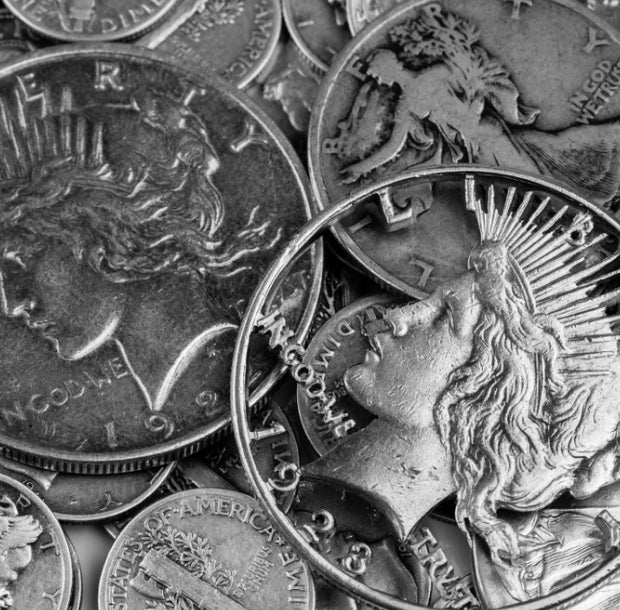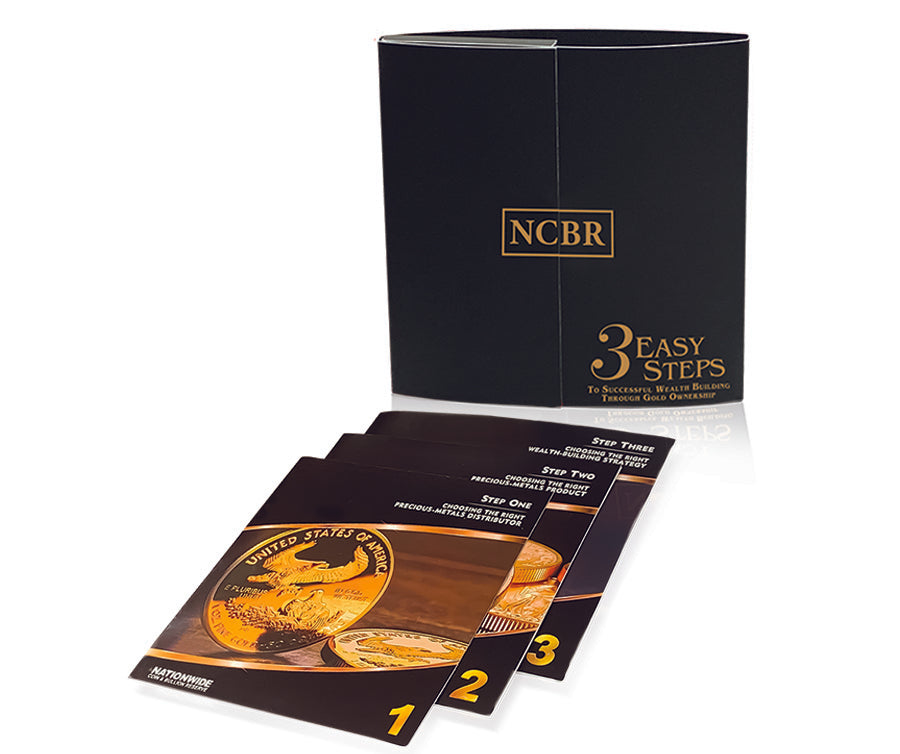The Roosevelt dime is the current dime of the United States, the one you’d use at the corner store. It was first struck in 1946 to commemorate the legacy of President Franklin D. Roosevelt.
Here, we’ll break down the history of Roosevelt dimes and their design, mint marks, and the most valuable dimes in the series.

THE HISTORY OF ROOSEVELT DIMES
Franklin D. Roosevelt led the United States through the Great Depression of the 1930s and World War II. He suffered from polio from 1921 until he died in 1945. While he was president, he helped found and fiercely supported the March of Dimes organization that worked to combat polio.
President Franklin D. Roosevelt died in 1945. The United States Department created a new design for the US dime to commemorate his legacy.
John R. Sinnock designed the Roosevelt Dime series. The obverse side features Roosevelt’s portrait facing to the left with the inscriptions of “Liberty” and “In God We Trust.” The reverse side features a torch with an olive branch to the left and an oak branch to the right. These branches symbolize strength and peace. The reverse side also features the words “United States of America” encircling the entire rim.
From 1946 to 1964, the Roosevelt dimes were composed of 90% silver and 10% copper. In 1964, the US Mint struck the last dimes that contained 90% silver. The US Mint still makes Roosevelt dimes for circulation, but these coins are now composed of a copper-nickel alloy. This is primarily due to the dramatic increase in silver prices that raised coin production costs for the US Mint in the 1960s.
MINT MARKS ON THE ROOSEVELT DIMES
The US Mint struck Roosevelt silver dimes at three mint facilities: Philadelphia (no mint mark), Denver (D mint mark), and San Francisco (S mint mark). The mint mark on this series is located on the coin’s reverse side. You can find it near the bottom of the coin, right above the “E” in ONE.
The Denver mint struck the most silver Roosevelt dimes of the three facilities, striking 4.7 billion coins. The Philadelphia mint struck these silver dimes every year from 1946 to 1964. In those years, the facility produced over 2.6 billion dimes. The San Francisco mint only struck these dimes from 1946 to 1955 because the US mint closed its coinage operations at this facility. This facility only struck 288 million dimes. While this seems like a large number of coins, the San Francisco mint produced the lowest total of dimes of the three mint facilities by a long shot.
WHAT IS A NO-S DIME?
If you have a no-S Dime, you may have an extremely rare coin in your collection. A no-S dime is an example of an error coin that was struck without the San Francisco “S” mintmark. However, there were a few instances in which these coins were struck.
The 1968 no-S dime is a true rarity, and it is an example of one of the most dramatic Mint errors. In 1968, the Mint left the mint mark off the die when it was created in Philadelphia before being shipped to San Francisco to strike that year’s batch of dimes. These no-S dimes are extremely rare and very valuable.
Another rare no-S dime was the 1975 issue. While the common 1975 Roosevelt dime is only worth its face value, the no-S dime in proof condition is extremely valuable. However, there are only two known issues, making it one of the most valuable and rare coins issued by the Mint.
THE VALUE OF ROOSEVELT DIMES
The value of any specific Roosevelt dime depends on several factors, including the year it was struck and its condition. Because of their silver content, all the dimes struck between 1946 and 1964 are worth significantly more than their face value.
1949-S
The 1949-S dime has the second-lowest mintage of all regular-issue coins in the Roosevelt dime series. It is the rarest regular issue coin in the series, worth up to $2,150 in the highest grade condition.
1968 NO-S
The 1968 No-S coin is one of the most valuable coins in this series. The record price for this coin was nearly $49,000 for a coin with an MS68 grading.
1975 NO-S
With only two proof 1975 No-S Roosevelt dimes known to exist, these coins are extremely valuable. They are worth up to $525,000.
THE 1965 90% SILVER TRANSITIONAL ERROR
This error coin was minted because the 90% silver planchets that were discontinued for dimes after 1964 were accidentally used in 1965. The US Mint may have accidentally left these planchets for the 1965 copper-nickel dimes in the presses. While the exact number of these error coins that exist is unknown, these dimes are considered rare. They are worth up to $9,000.
1982 NO-MINT MARK
The US Mint started putting a P mint mark on all Philadelphia-struck coins higher than one cent in 1980. However, it was still a relatively new practice, and the US mint was still hand-punching mint marks into the dies. This left a lot of room for error, resulting in two varieties of no-mint mark dimes in 1982. The more valuable variety, the strong strike, is rare, with less than 75,000 strong strikes ever created. The record price for an MS68 condition 1982 no-mint mark dime was $2,185.
1982-P
Even though the Philadelphia Mint minted over 519 million Roosevelt Dimes in 1982, the production of Mint Sets faced serious federal cutbacks that year. Because of this, there are very few uncirculated business-strike issues of this coin. These coins are conditional scarcities, so they are very valuable. The 1982-P dimes in peak condition are worth up to $3,000.
NEED MORE INFORMATION ABOUT ROOSEVELT OR NO-S DIMES?
If you have any questions about the Roosevelt Dime series or think you may have one in your collection and would like it verified, please contact any of our experts. We’d be pleased to help you enhance your collection.
**Prices stated in this article are subjective and not intended to project actual value. All coin prices are dependent on several factors including and notwithstanding, condition, demand and availability, just to mention a few.
Real Time Precious Metals Data Below








